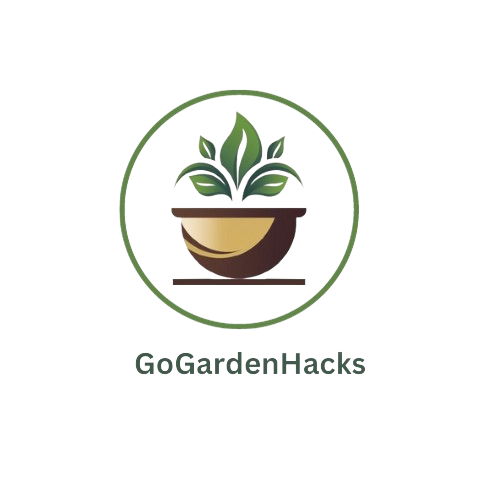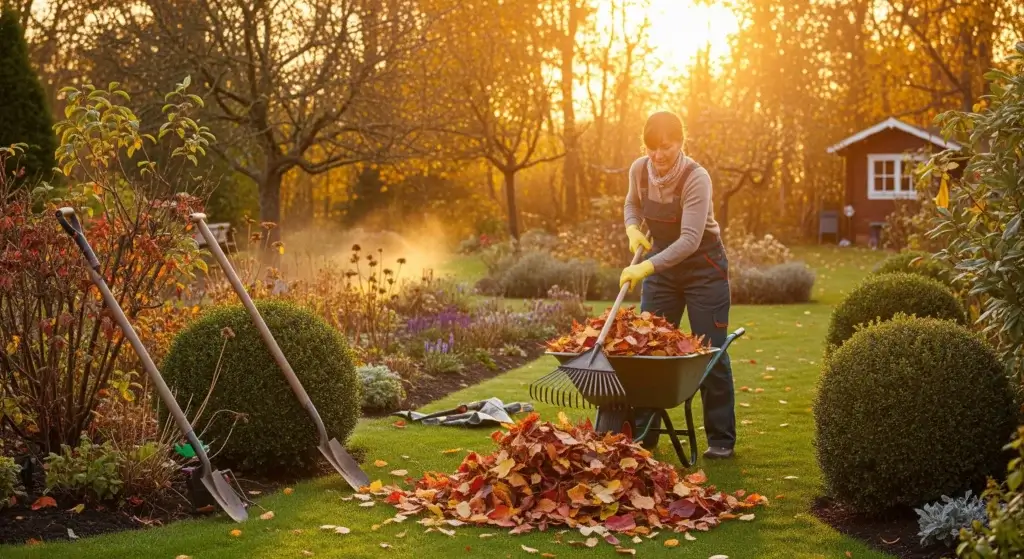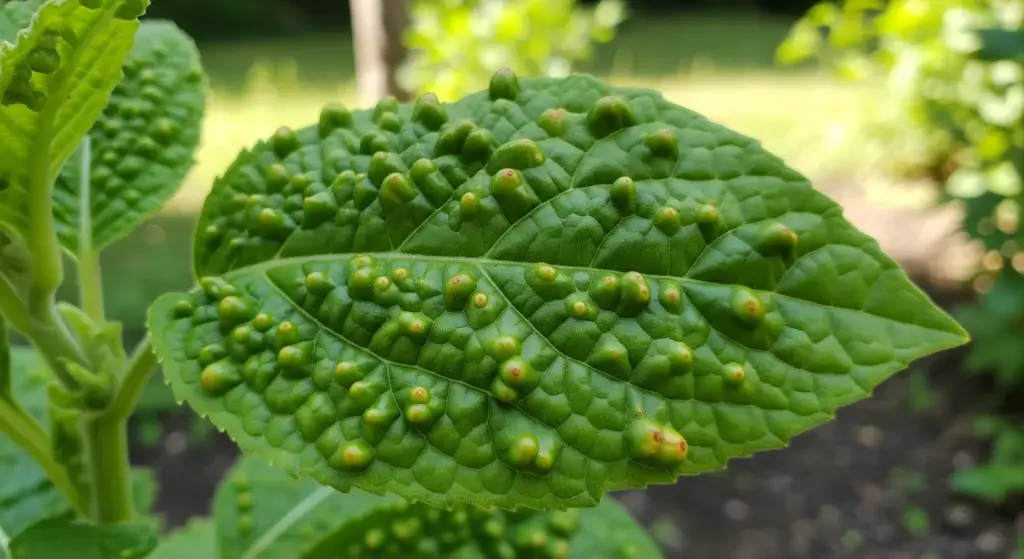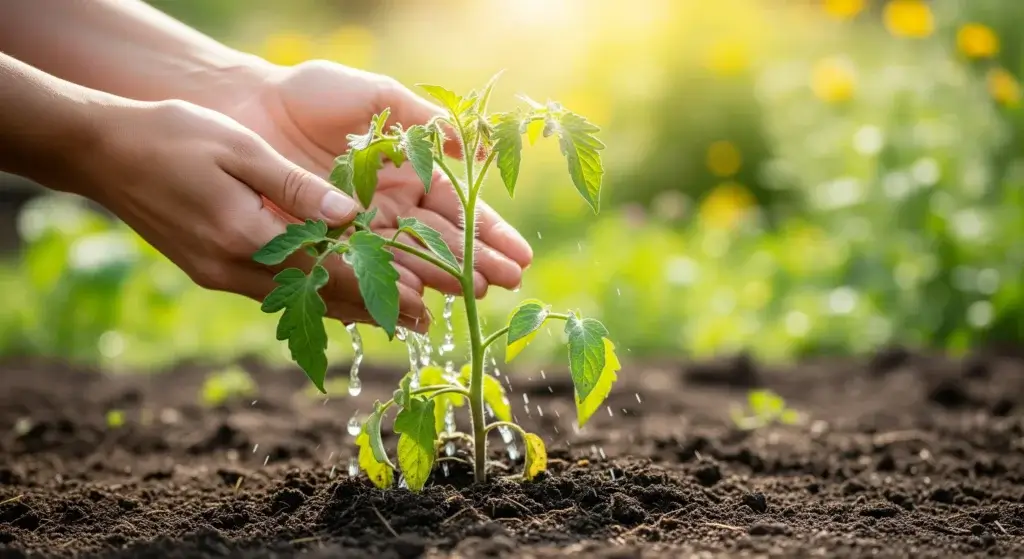
If your pepper plants are full of vibrant green leaves but stubbornly refuse to produce fruit, you’re not alone.
Many gardeners face the frustration of healthy-looking plants with little to no yield.
The secret often lies in pollination—or the lack of it.
This article will walk you through the common reasons why your peppers aren’t fruiting and provide a handy pollination checklist to help turn your garden around.
Understanding Pepper Pollination
Peppers (Capsicum spp.) are naturally self-pollinating because each flower contains both male and female parts.
This means they can produce fruit on their own.
However, pollination improves when there’s some outside help, like wind, bees, or even a gentle shake from you.
Better pollination leads to a higher fruit set, giving you a more abundant harvest.
If flowers don’t get properly pollinated, they may fall off early, reducing your yield.
Factors Affecting Pollination
Temperature
Peppers grow best when temperatures stay between 70°F and 85°F (20°C to 29°C).
If the temperature rises above 90°F (32°C) during the day or drops below 50°F (10°C) at night, pollination can suffer.
Extreme heat or cold can cause flowers to drop before they set fruit, reducing your harvest.
Humidity
Peppers need moderate humidity levels, ideally between 50% and 70%.
If the air is too humid, pollen becomes sticky and struggles to move.
If it’s too dry, pollen can dry out and lose its effectiveness.
Both conditions can make pollination less successful.
Airflow
Good airflow helps pollen move naturally between flowers.
In greenhouses or indoor gardens, poor ventilation can limit pollen movement, making pollination less effective.
Using fans or gently shaking plants can help.
Pesticide use
Pesticides can protect your plants from harmful insects, but they can also harm helpful pollinators like bees.
Overusing pesticides may reduce the number of pollinators visiting your plants, lowering the chances of natural pollination.
If you need to use pesticides, choose bee-friendly options and apply them in the evening when pollinators are less active.
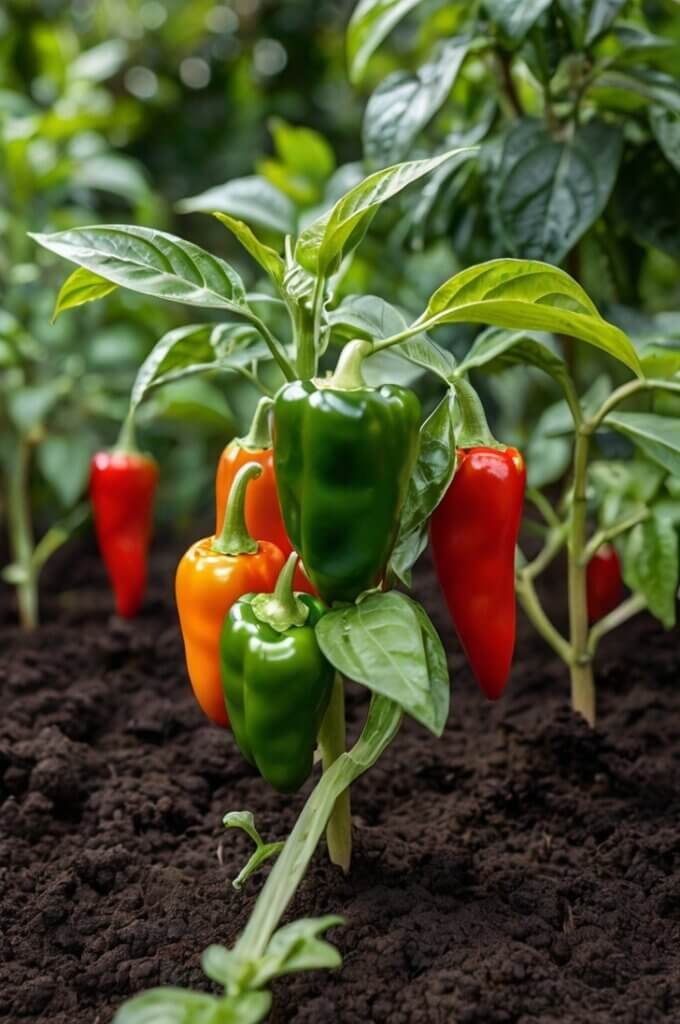
The Pollination Checklist
Follow this checklist to ensure your pepper plants get the best chance at successful pollination.
Environmental factors
Monitor temperature
Check daily temperatures to ensure they stay within the ideal range for peppers.
If it gets too hot, use shade cloths to protect your plants.
If it’s too cold, row covers can help retain warmth.
Planning your planting schedule around the seasons can also help avoid extreme weather.
Maintain proper humidity
Use a hygrometer to track humidity levels around your plants.
If the air is too dry, lightly mist the plants to add moisture.
If humidity is too high, improve ventilation to keep the air circulating and prevent excess moisture buildup.
Improve airflow
Good airflow helps with pollination.
If you’re growing indoors, use fans to create a gentle breeze.
Outdoors, avoid planting peppers too close together to ensure air can move freely between them.
Plant health and care
Nutrient balance
Too much nitrogen in the soil can lead to lots of leafy growth but fewer flowers and fruits.
Use a balanced fertilizer with more phosphorus to support healthy flowering and fruit production.
Water consistently
Peppers need steady moisture to thrive.
Too much water can lead to root problems, while too little can cause flowers to drop.
Water regularly, making sure the soil stays moist but not soggy.
Watch for pests and diseases
Check your plants often for pests and signs of disease.
Insects and infections can weaken your peppers and interfere with pollination.
Catching problems early helps keep your plants strong and productive.
Encouraging Pollination activity
Watch for pollinators
Keep an eye on bee and insect activity around your pepper plants.
If you don’t see many pollinators, plant flowers nearby to attract them and boost natural pollination.
Try hand pollination
If your peppers aren’t getting enough pollination, give them a little help.
Gently shake the plants or use a small brush to transfer pollen between flowers.
Check for flower drop
If flowers are falling off without producing fruit, poor pollination could be the cause.
Follow these steps to improve pollination and increase your chances of a successful harvest.

Troubleshooting Common Issues
No flowers
If your pepper plants aren’t producing flowers, they might be getting too much nitrogen, not enough light, or struggling with overall health.
Check your fertilizer—too much nitrogen encourages leafy growth instead of flowering.
Also, make sure your plants get at least 6–8 hours of sunlight every day.
Flowers but no fruit
If your plants have flowers but aren’t setting fruit, poor pollination is likely the issue.
Try hand pollination by gently shaking the plants or using a small brush to move pollen between flowers.
Also, ensure the temperature, humidity, and airflow are within the ideal range for pollination.
Small or misshapen peppers
Peppers that are undersized or oddly shaped often result from nutrient imbalances, inconsistent watering, or poor pollination.
Use a well-balanced fertilizer, keep the soil evenly moist, and support healthy pollination to improve fruit quality.
Prevention and Best Practices
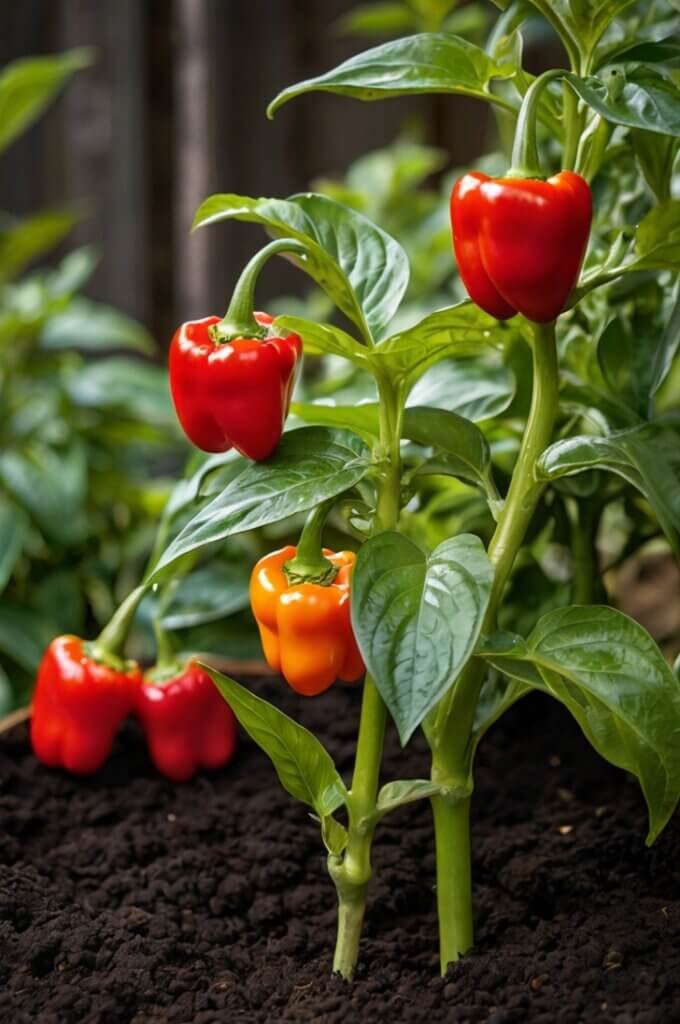
Choose suitable varieties
Choose pepper varieties that grow well in your climate.
Some types handle temperature and humidity changes better than others, giving you a better chance at a successful harvest.
Provide optimal growing conditions
Keep temperatures steady, water consistently, and space your plants properly.
Good airflow helps prevent disease and improves pollination, leading to healthier plants and more peppers.
Regular monitoring and maintenance
Frequent garden check-ins can help you spot and fix problems early.
Catching pollination issues or plant stress before they get worse will help you grow a strong, productive pepper crop.
Final Thoughts
By following this pollination checklist and understanding the needs of your pepper plants, you can boost your chances of a bountiful harvest.
Healthy plants, a conducive environment, and a bit of pollination know-how can make all the difference.
FAQs
Yes, gently shaking the plant or using a small brush to transfer pollen between flowers can help.
When daytime temperatures exceed 90°F (32°C), it can hinder pollination and cause flowers to drop.
Planting flowers like marigolds, lavender, and borage near your peppers can help attract bees and other pollinators.
